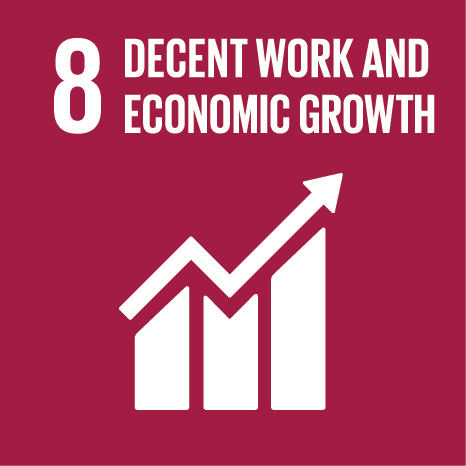Ciência_Iscte
Publications
Publication Detailed Description
International Congress Complex Systems in Sport
Year (definitive publication)
2017
Language
English
Country
Spain
More Information
--
Web of Science®
This publication is not indexed in Web of Science®
Scopus
This publication is not indexed in Scopus
Google Scholar
This publication is not indexed in Overton
Abstract
Hypernetwork theory brings together the micro–meso–macro levels of analysis of interaction-based complex systems (Johnson, 2013; Boccaletti et al., 2014). This study considers team synergies (Araújo and Davids, 2016), where teams and athletes are co-evolving subsystems that self-organize into new structures and behaviors.
The emergent couplings of players’ movements have been studied, considering mostly the distance between a player and the immediate opponent (e.g., Headrick et al., 2012), and other interpersonal distance measures (Passos et al., 2011; Fonseca et al., 2013). Such emergent interpersonal behavior of soccer teams can be captured by multilevel hypernetworks approach that considers and represents simultaneously the minimal structure unit of a match (called simplex). More stable structures are called backcloth. The backcloth structure that represents soccer matches is not limited to the binary relations (2-ary) studied successfully by social networks analysis (SNA) but can consider also n-ary relations with n > 2. These simplices most of the times composed of
players from both teams (e.g., 1 vs. 1, 2 vs. 1, 1 vs. 2, 2 vs. 2) and the goals. In a higher level of representation, it is also possible to represent the events associated, like the interactions between players and sets of players that could cause changes in the backcloth structure (aggregations and disaggregation of simplices). The main goal of this study was to capture the dynamics of the interactions between team players at different scales of analysis (micro—meso—macro), either from the same team (cooperative) or from opponent team players (competitive).
Acknowledgements
--
Keywords
Contributions to the Sustainable Development Goals of the United Nations
With the objective to increase the research activity directed towards the achievement of the United Nations 2030 Sustainable Development Goals, the possibility of associating scientific publications with the Sustainable Development Goals is now available in Ciência_Iscte. These are the Sustainable Development Goals identified by the author(s) for this publication. For more detailed information on the Sustainable Development Goals, click here.

 Português
Português



